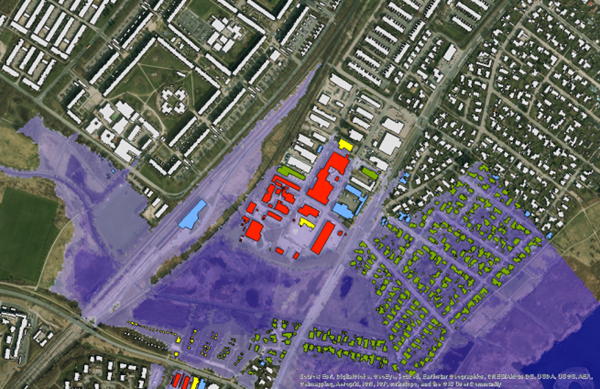Economic impact of floods assessed with new technology
Climate change and its effects have put a great strain on cities to adapt to an increasing threat of floods. As such, the Danish authorities are investing on large-scale projects that look into finding solutions to mitigate the impact of floods in the country as well as develop preemptive measures against flood events.
DHI has recently launched an R&D project, with funding from the Danish government, to develop software tools for flood damage assessment, in line with efforts towards fostering sound and cost-effective urban flood infrastructure in cities.
Still in its conception, the software tool will be developed to help calculate direct as well as indirect tangible damages resulting from flooding. In an effort to better understand economic impacts of flood hazards, the tool will be able to facilitate authorities in estimating the costs of urban flood events. Performing economic analyses of flood events is particularly important in the urban flood management process as it helps determine which and when the adaptation option should be implemented. Accurate evaluation and selection of strategies would limit the spread of impact, making it more manageable.

Simulation of maximum flood extent plotted against buildings/structures in an area © DHI
The software tool that will be developed using DHI’s software suite will make use of the compilation of catalogues of types of indirect flood damages and the methods used to estimate their corresponding economic costs. Designed for both the technical and non-technical users, the tool will hopefully benefit a greater pool of people seeking to gain a deeper understanding of the economic impacts of floods.
The R&D project is estimated to end in 2017 where cost-estimation methods implemented in the study will be used as a wider strategy by the Danish authorities in their endeavour to better manage flood events in cities.
Read more